Ever wondered how the cold is combated in the north of Spain? It’s not just with blankets and coats, but with delicious cuisine that will warm you up. In this article, we’ll embark on a culinary tour through the gastronomy in the Northern Spain and the Camino de Santiago, discovering the region’s typical dishes perfect for braving the low temperatures. From comforting soups to stews that make you feel at home, this is the definitive guide to the traditional dishes to stay warm: the gastronomy in the Northern Spain.
Winter gastronomy in the Northern Spain
It’s widely known that Northern Spain boasts excellent cuisine. We northerners are fond of good food, and given that our climate is predominantly humid, rainy, windy, and cold, we bring out our star dishes from the north in mid-autumn and during winter.
Northern cuisine is incredibly varied, with one common trait in the cold season: hearty dishes that provide plenty of warmth and energy to fight the cold. Below, we present a list of the best typical dishes from the north of Spain that act as natural heaters. If you enjoy a Jacobean route, don’t forget to try some of them. Ready to see today’s menu?
First Course: Soul-Warming Soups
Spoon dishes are a fundamental part of the gastronomy in the Northern Spain. During the colder months, nothing beats the comforting warmth of a good soup or stew. These dishes are rich in flavor and tradition, perfect for battling the chill.
Galician Broth
If you’ve been to Galicia and haven’t tried this typical dish, you haven’t really been to Galicia. In this region, it’s not all about octopus, empanada, and seafood; we’re also big on soups, all year round and everywhere in Galicia. This classic spoon dish is made with water, pork lard, vegetables to choose from among turnip tops, chard or cabbage, beans, and potatoes. For those who want a bit more substance and color, you can always add chorizo and some ham. In Mourente, very close to Pontevedra, where the Portuguese Way passes, a famous festival is held in honor of this typical dish.
Galician Tripe Stew (Callos a la Gallega)
Callos is a stew made with chickpeas, cow tripe, and sausage. It’s a truly delicious dish, often associated with food festivals in Galician villages, and you can frequently find it as a bar snack every Sunday. It’s a must-try at least once in a lifetime! In Pontedeume or Narón (A Coruña), along the English Way, you can savor this recipe and its respective food festivals.
Asturian Bean Stew (Fabada Asturiana)
If Galicia is known for its broth, in Asturias boast the fabada asturiana as their star dish. Slow-cooked with water, fabes (white beans), and compango (a trio of sausage, blood sausage, and bacon), it’s a true flavor explosion. Why not try it in the capital, Oviedo, the starting point of the Primitive Way? Perfect for fueling up for a walk, it’s the ideal dish to keep you warm on cold days, a meal that could revive the dead.
Galician Stew (Cocido Gallego)
On many winter Sundays, this dish takes center stage in homes and restaurants. In this recipe, every part of the pig you can imagine is cooked, along with sausage, ham, vegetables to choose from among turnip tops, chard or cabbage, chickpeas, and potatoes. Additionally, the broth used for cooking is often turned into a stew soup, served as a starter or even for dinner. Lalín, on the Sanabrian Way, is the Galician town best known for preparing this dish, which even has its own celebratory festival.
Ham with Turnip Tops (Lacón con Grelos)
Another common dish in winter kitchens, similar in preparation to the cocido. The difference is that this dish only involves boiling ham with turnip tops and potatoes. The best place to try it is in Laza (Ourense), right on the Sanabrian Way, especially during carnival, as it’s a typical dish at this time here and throughout Galicia.
Main course: With Knife and Fork
We continue in the gastronomy of the north of Spain, walking the Camino, and switch utensils for a delicious and replenishing main course.
Boiled Meat (Carne “ao caldeiro”)
This is a very typical dish from the Ribeira Sacra, between the provinces of Ourense and Lugo. This dish is directly descended from the maragata-style meat of Astorga, found along the French Way. It consists of top-quality beef slowly stewed with cachelos (boiled potatoes), olive oil, and paprika.
Marmitako
Shifting regions, we head to the Basque Country, known for its exquisite cuisine. Marmitako is a tuna stew prepared with potatoes, peppers, onions, and tomatoes. It’s a flavorful dish that will make you feel the essence of the cold Cantabrian Sea in the midst of winter. Santurce, on the Northern Way, is a great place to sample it.
Biscayan Cod (Bacalao a la Vizcaína)
This Basque dish is a true delicacy. The cod is cooked in a tomato sauce with peppers and garlic and served with a side of rice. Its unique flavor will transport you to the northern coast with every bite. We recommend trying it in Bilbao, the capital of the province that gives the recipe its name.
Lamprey
This is a river fish with a taste as exquisite as it is strong. It’s a typical dish from the riverside Galician areas: you can enjoy it along the banks of the Miño River, such as in Tui, where the Portuguese Way passes, or in Portomarín, a legendary spot on the French Way. The lamprey is prepared by marinating the fish in its own blood, with parsley, garlic, pepper, and salt (caldeirada). It’s then stewed with onion and wine and served in a large clay pot. The preferred accompaniments are usually white rice or boiled potatoes.
Other Typical Dishes in the gastronomy in the Northern Spain
Other typical dishes include the choupas stew, a kind of cuttlefish that can be cooked with potatoes, rice, or noodles, and a sofrito of onions and peppers. Also noteworthy is the caldeirada of hake, a stew made with hake, potatoes, and paprika, featuring the characteristic ajada, a sauce made of garlic confited in olive oil and paprika. It’s common to cook this same recipe with other fish, like skate fish.
All these culinary wonders should be paired with good wines, such as Albariño or Mencía.
And for Dessert?
After enjoying these delicious dishes, you can’t miss trying the typical desserts of Northern Spain. They are the perfect finishing touch to any winter meal.
Santiago Cake (Tarta de Santiago)
The Santiago Cake is a traditional dessert from Galicia. This almond cake is as delicious as it is comforting. Its soft texture and almond flavor will enchant you, and you’ll surely take a few home with you.
Pasiega Cheese Cake (Quesada Pasiega)
Cantabria brings us the quesada pasiega, a creamy cheese cake. Its soft texture and sweet flavor are a true delight for the palate.
Winter Desserts in the gastronomy in the Northern Spain
As expected, for good digestion and to stay warm, in Galicia, you’ll find a selection of the best liqueurs and spirits to accompany your coffee. Don’t miss trying the herbal spirit, the clear or roasted spirit, coffee liqueur, cream of grape marc, or queimada.
Energy for your Camino in the North of Spain
What better plan than a walk along the Jacobean routes to digest these meals? On the Camino de Santiago, you can find the majority of the traditional winter dishes to stay warm in the North of Spain we’ve just listed. Depending on the route you choose, some dishes will be more prominent than others, and you’ll also find local specialties from the north, like Arzúa – Ulloa cheese, Santoña anchovies, Finisterre seafood, or á feira style octopus in Melide.
In summary, the gastronomy in the Northern Spain is a true gem for combating the cold. The spoon dishes, cooked meats, coastal delicacies, and delicious desserts will make you feel at home, regardless of the low temperatures. So, the next time you’re in northern Spain during winter, make sure to try these typical dishes. Your palate and your body will thank you!

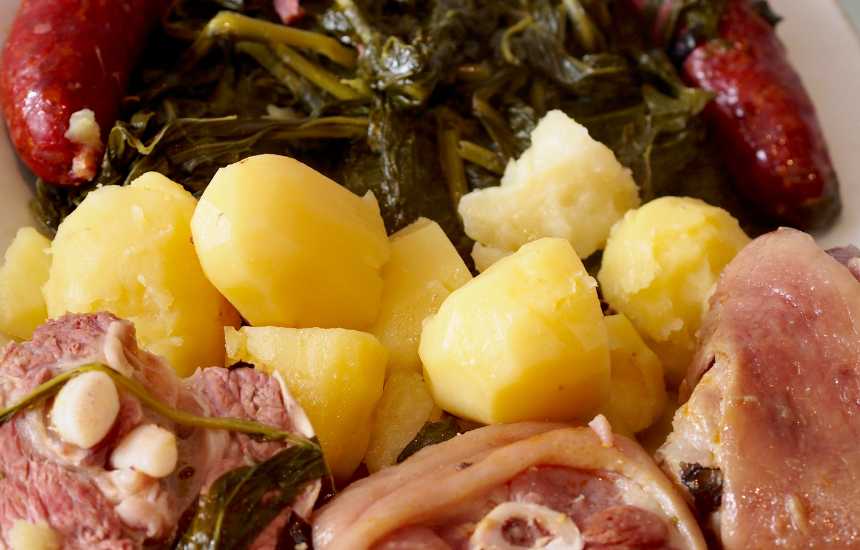
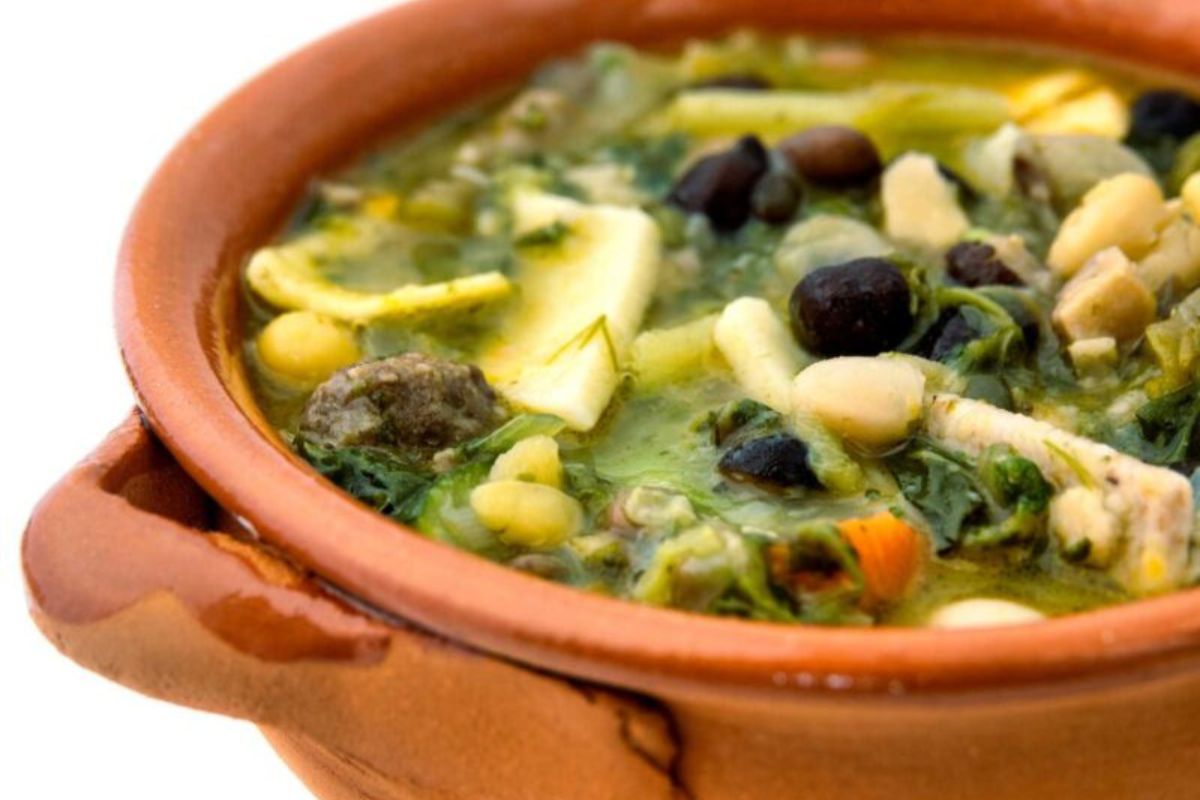
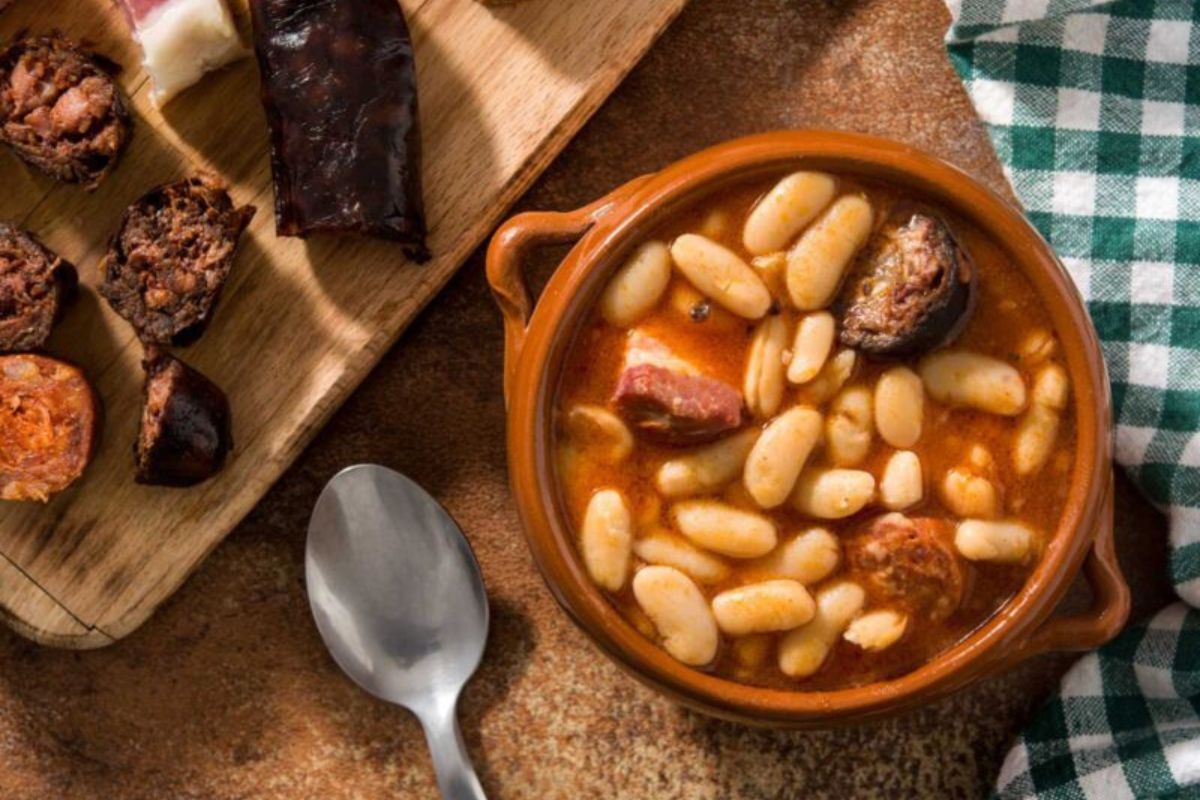
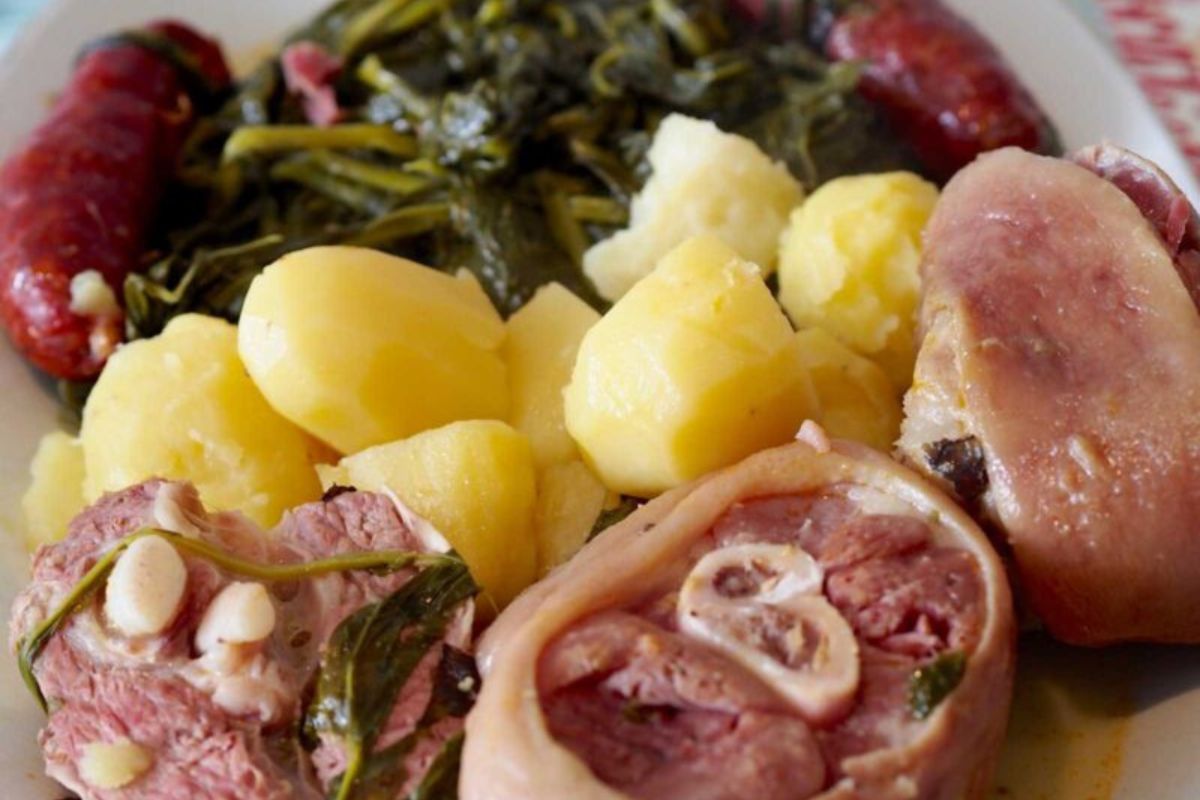
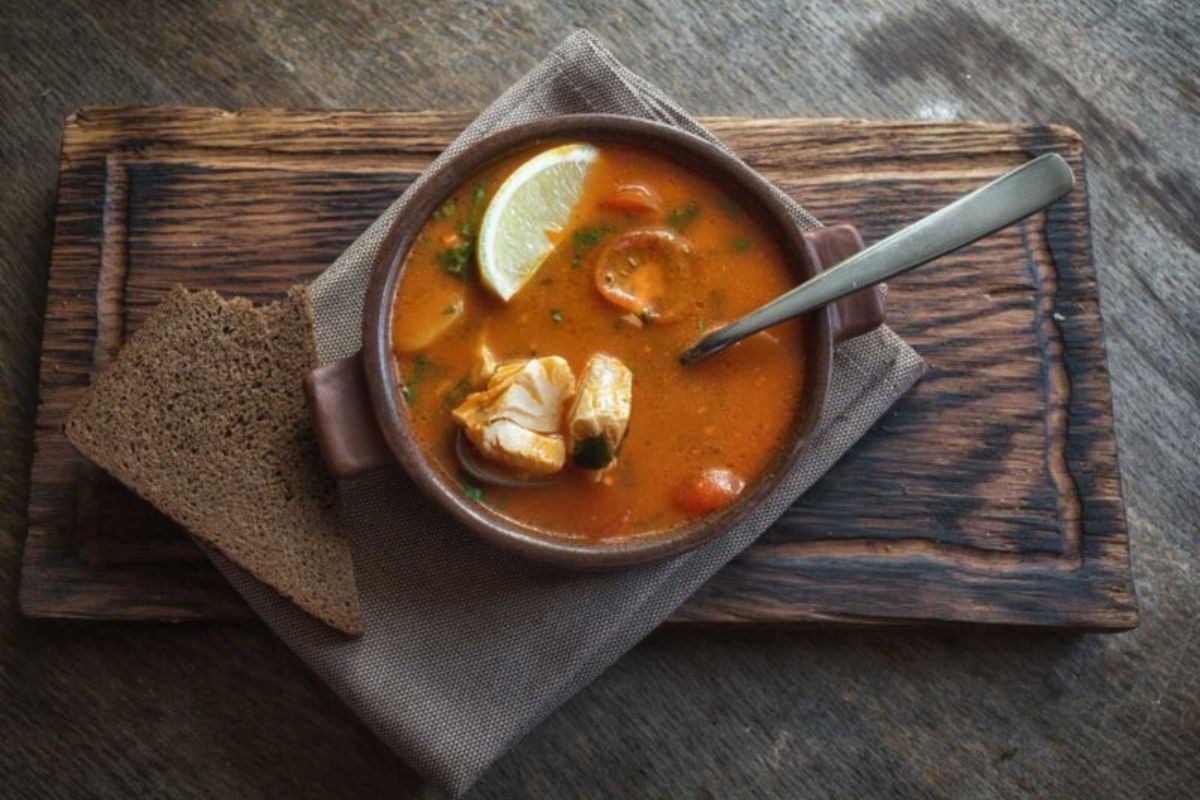
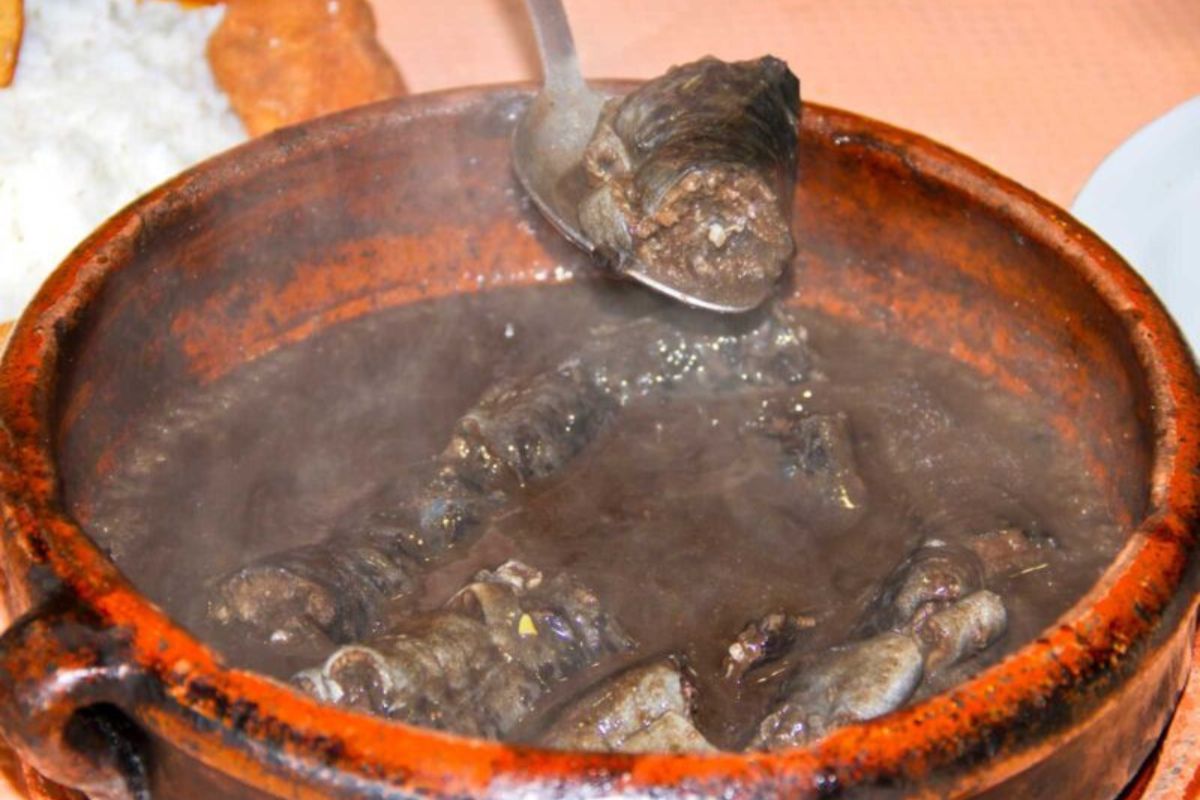
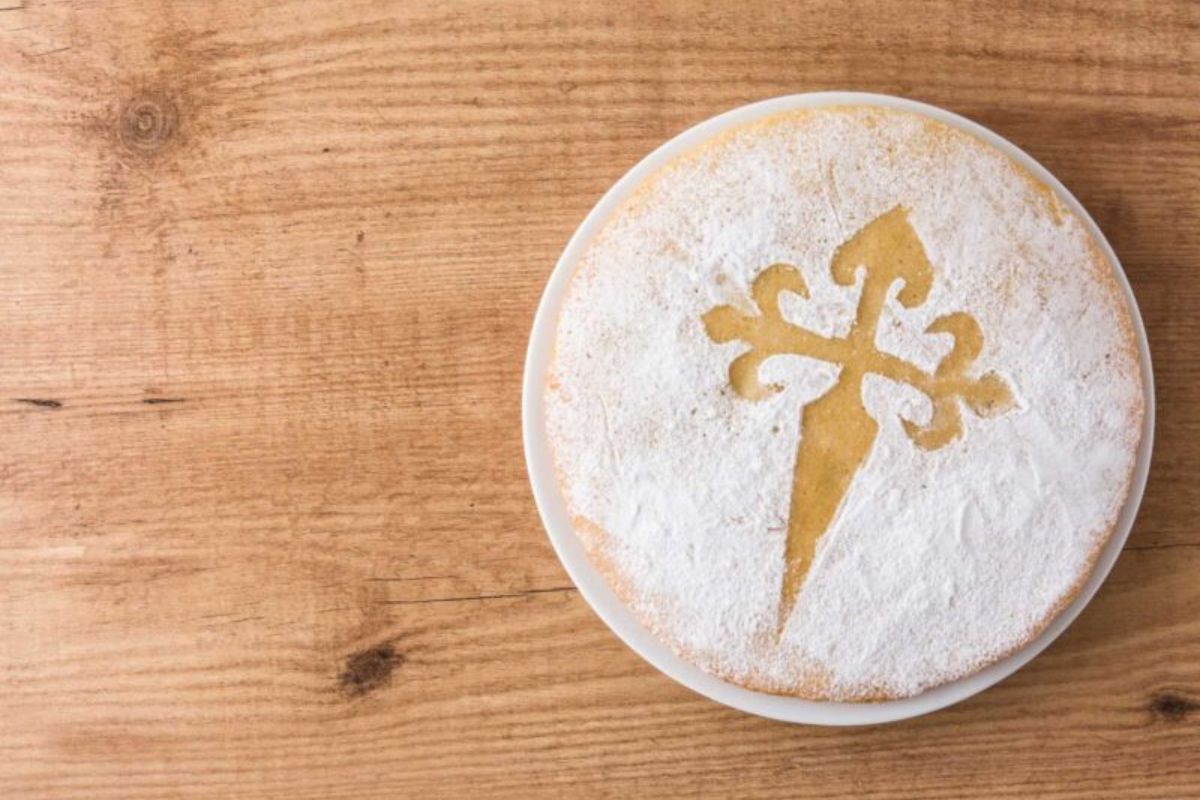


Leave A Comment